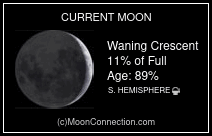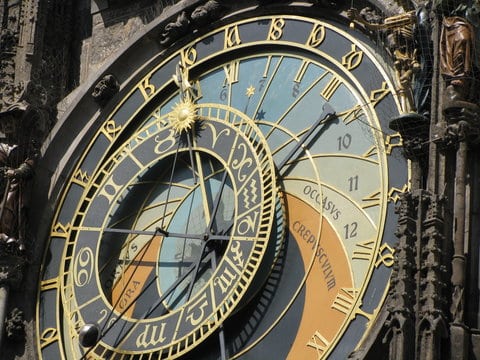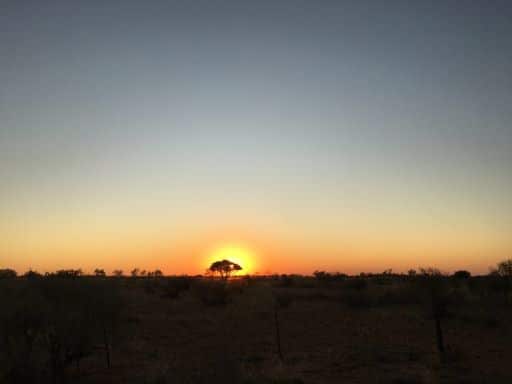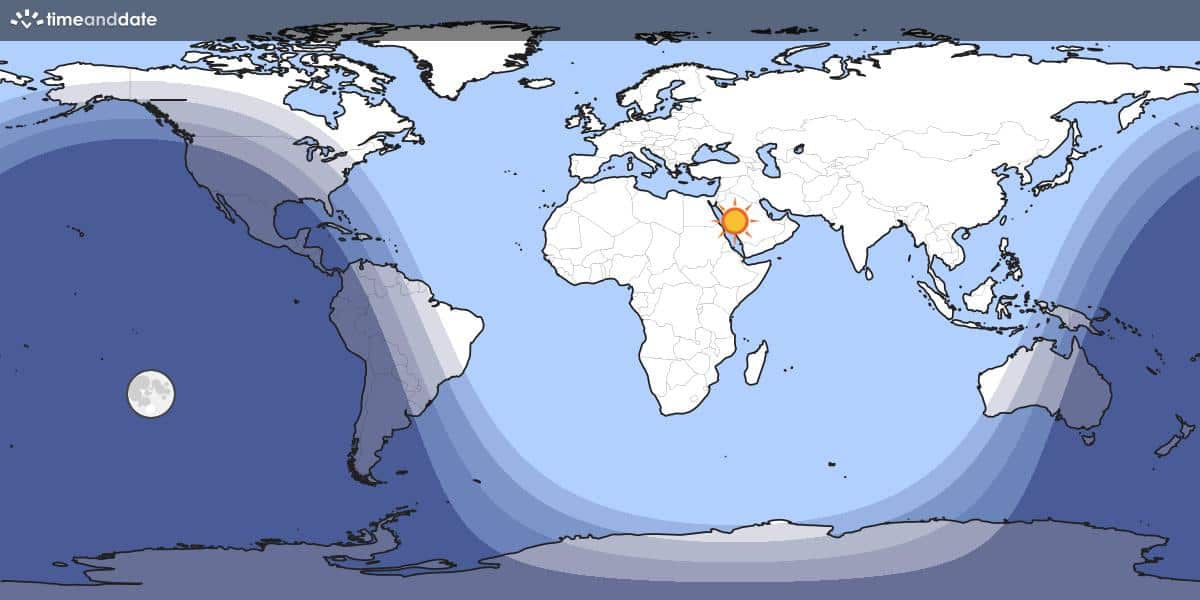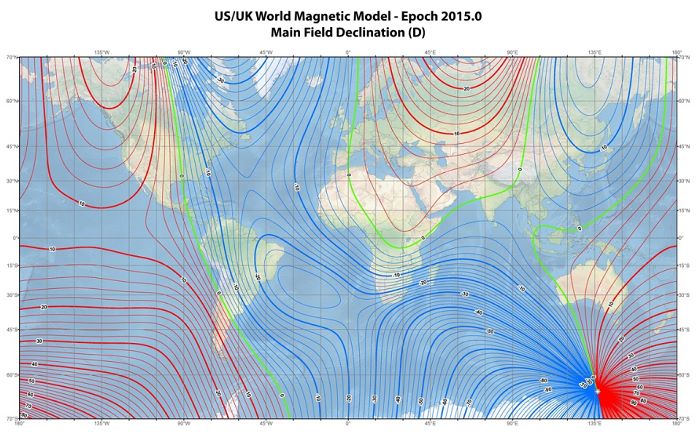Southwest – Chart 1
Steve Gottlieb’s Observations
NGC 1466 = ESO 054-016 = S-L 1
03 44 32.7 -71 40 16; Hyi
V = 11.6; Size 2.3′
30″ (11/4/10 – Coonabarabran, 264x): bright, moderately large, round, 2.5′ diameter. Appeared mottled with some extremely faint stars resolved in the halo. The only brighter resolved star is on the south side of the halo. The view is somewhat hampered by mag 6.3 CT Hydri just 4′ ENE and a mag 9 star 2.3′ SSE. NGC 1466 is one of the 15 bona-fide ancient GC’s in the LMC.
Notes: 18″ (7/9/02 – Magellan Observatory, Australia): this outlying globular of the LMC (8.3° WSW of center) is known to be one the oldest LMC clusters. At 128x it appeared moderately bright, fairly small, round, 2′ diameter. There was no resolution except for a single faint star at the south edge but the surface brightness was high. This cluster was fairly prominent and very easy to find as it is situated 4′ WSW of mag 6.3 HD 241888 (CT Hydri) and 2.2′ NNW of a mag 9 star.
John Herschel discovered NGC 1466 = h2590 on 26 Nov 1834 and recorded “F, irregularly round, gradually little brighter middle, 30″, has a * 7th mag following, and others near.” On a second sweep he notes “Viewed past meridian; found in place; pB, R, gradually brighter in the middle, 30″ dia.”
NGC 1557 = ESO 055-015
04 12 52 -70 30.9; Hyi
Size 16’x11′
14″ (4/7/16 – Coonabarabran, 145x and 178x): very large, scattered group of 3 dozen stars mag 6.0 and fainter (the next three are mag 9-10). Not rich but detached int the field. This asterism (possible cluster) is projected onto the outer parts of the LMC.
Notes: John Herschel discovered NGC 1557 = h2633 on 24 Nov 1834 and described “A star 7m chief of a cluster 8th class- about 20 in number, loose and struggling.” His position corresponds with mag 7.0 SAO 256073 at 04 13 14.9 -70 25 14. There is a scattered group of brighter stars mostly south of this star.
Eric Lindsay in “Some NGC objects in the Large Magellanic Cloud”, (1964IrAJ….6..286L) commented, “Not found. Centered on CPD -70°287. This star is supposedly the chief of a cluster, about 20 in number, loose and straggling. Star distribution seems normal.” Hodge and Wright marks a smaller group of stars to the northwest of Herschel’s cluster. RNGC classifies this number as nonexistent (repeating Lindsay) as well as Kontizas, et al in the 1990 “The Cluster System of the Large Magellanic Cloud”. But Bica et al (2001A&A…366..827B) called it a possible open cluster remnant.”
NGC 1629 = ESO 055-024 = S-L 3
04 29 36 -71 50 18; Hyi
V = 14.1; Size 1.0′
24″ (11/18/12 – Magellan Observatory, Australia): fairly faint, moderately large, round, 0.8′-1.0′ diameter. A couple of mag 16-16.5 stars are resolved around the edges.
Notes: John Herschel discovered NGC 1629 = h2653 on 23 Dec 1834. He reported “vF, R, gradually little brighter middle, 1′.” (single observation)
NGC 1651 = ESO 055-030 = S-L 7
04 37 31.7 -70 35 07; Men
V = 12.1; Size 2.5′
24″ (11/18/12 – Magellan Observatory, Australia): at 200x appeared moderately bright, fairly large, round, 1.7′ diameter, slightly brighter core. Two mag 13.7 and 15.2 stars at ~20″ separation are off the SE edge. A couple of mag 16-16.5 clusters members are occasionally resolved.
Notes: 18″ (7/9/02 – Magellan Observatory, Australia): this LMC globular appeared fairly faint, moderately large, round, 1.7′ diameter with a weak concentration. There was no resolution except for a mag 13.5 star off the SE edge, 1′ from the center. Located 34′ NW of mag 5.5 Mu Mensae.
John Herschel discovered NGC 1651 = h2662 on 3 Nov 1834 and noted “vF, L, R, very gradually little brighter middle, 2.5′ dia.” His position, based on 3 sweeps, is accurate.
NGC 1673 = ESO 055-034 = S-L 17
04 42 40 -69 49 18; Men
V = 14.1; Size 0.7′
30″ (11/6/10 – Coonabarabran, 264x): fairly faint, small, irregular shape, 35″ diameter, contains a quasi-stellar nucleus. A mag 14 star is at the NE end and a very faint star is resolved at the west edge of the halo. A mag 13.5 star lies 0.9′ ENE. A string of stars heads NE from the cluster. Forms a pair with S-L 19 2′ E, which is a relatively faint, small, roundish 25″ glow.
Notes: John Herschel discovered NGC 1673 = h2667 on 23 Dec 1834 and recorded (from one sweep only) “vF, S, attached to a star 10m. A doubtful object.” His position, though, matches this cluster in RA and is off by less than 1′ in declination.
S-L 19
04 43 04.3 -69 49 26 ; Men
Size 0.5′
30″ (11/6/10 – Coonabarabran, 264x): picked up just 2′ E of NGC 1673. This Shapley-Lindsay cluster was just a little smaller and fainter than NGC 1673. Appeared faint to fairly faint, small, roundish, 25″, even surface brightness.
Notes: Shapley-Lindsay (1963): “Faint, unresolved.”
NGC 1693 = ESO 056-002 = S-L 39
04 47 39 -69 20 36; Dor
V = 12.9; Size 0.7′
30″ (11/6/10 – Coonabarabran, 264x): fairly bright but small, round. Contains a very bright core and a small 30″ halo. No resolution except for a faint star at the NW edge. Forms a trio with brighter NGC 1695 2′ SSE and fainter H-S 30 = KMHK 109 4.5′ SE.
Notes: John Herschel discovered NGC 1693 = h2672 (along with NGC 1695 = h2673) on 3 Nov 1834 and noted “Faint, small, round.” His position is accurate.
NGC 1695 = ESO 056-003 = S-L 40
04 47 45 -69 22 24; Dor
V = 12.2; Size 1.5′
30″ (11/6/10 – Coonabarabran, 264x): bright, fairly small, irregularly round. Sharply concentrated with a very small, very bright core surrounded by a 45″ irregular halo. One brighter star is resolved at the SW edge and a faint star is resolved at the SE edge. A mag 11.5 star lies 1.7′ NE. NGC 1695 is the brightest of three LMC clusters with NGC 1693 2′ NNW and KMHK 109 3.8′ E. KMHK 109 appeared as a faint, small glow with an irregular shape, gradually increased to the center but azonal with no resolution.
Notes: John Herschel discovered NGC 1695 = h2673 (along with NGC 1693 = h2672) on 3 Nov 1834 and logged “F, S, R.”
H-S 30 = KMHK 109
04 48 27.5 -69 22 05; Dor
Size 0.5′
30″ (11/6/10 – Coonabarabran, 264x): picked up 3.8′ E of NGC 1695 and 4.5′ SE of NGC 1693. Appeared as a faint, small glow, irregular shape, gradually increases to the center but azonal with no resolution. This was easily the faintest of the three clusters.
Notes: Robert Innes and Willem van den Bos discovered H-S 30 in 1926 with the 26-inch refractor at the Union Observatory in Johannesburg. While observing NGC 1693 and 1695, a nebula or cluster was noted following “the more northernly cluster.” Actually, H-S 30 is nearly east of the southern cluster NGC 1695.



